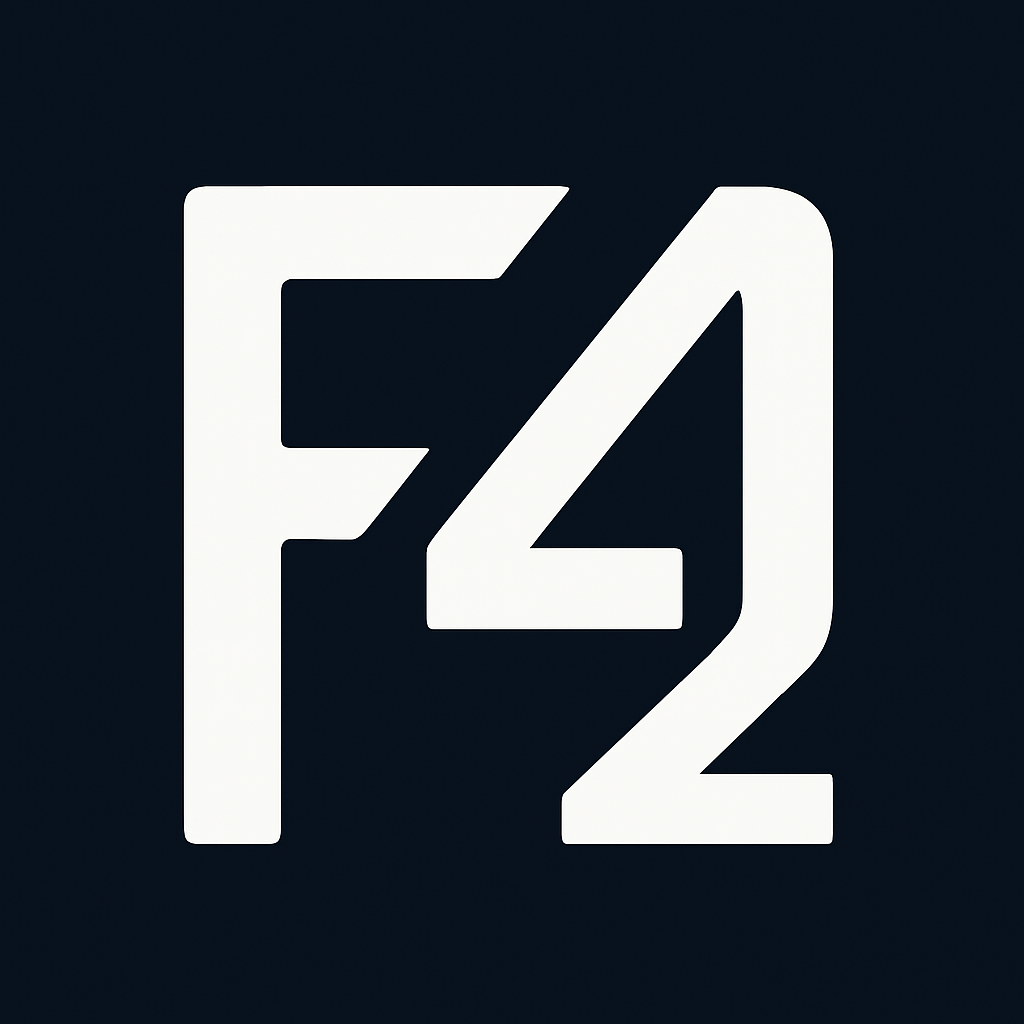Social Media Landscape: Why Decentralization Is a Must

Imagine an empire from long ago that, at its peak, controlled nearly all the resources and trade in its world. This empire had so much power that innovation eventually took a back seat — the fierce competition that once spurred progress had vanished. Over time, smaller neighboring realms began to seek alternatives, trading amongst themselves and even adopting new currencies as the old ones lost their luster. History shows us this cycle repeating itself: dominance breeds complacency, and when innovation stalls, fresh challengers arise to take its place. This is exactly what we see today with social media platforms and tech giants.
In the modern digital landscape, companies like Meta (with Facebook, Instagram, and WhatsApp), X (formerly Twitter), and Google (with YouTube) dominate the scene. Yet even these powerhouses are facing challenges — from privacy concerns to stagnating innovation — opening the door for a decentralized revolution in social media.
What Is Decentralized Social Media?
Decentralized social media is about creating a network where no single entity holds all the power. Instead of all users gathering on one platform, they spread out across independent servers that can talk to each other. Think of it like email: you can have an address with one provider, yet communicate seamlessly with someone using a different one. This is made possible by open protocols that serve as a common language for many of these platforms.
In a decentralized setup, your account isn’t stuck on a single website. You could join a server dedicated to art lovers while a friend signs up for a tech-focused community — and you can still interact with each other. It’s an open, flexible model that puts control back in the hands of users and communities.
The Rise of Decentralized Platforms
Mastodon
Mastodon is one of the best-known examples of decentralized social media. It’s similar to Twitter, where users post short updates and interact through likes, replies, and boosts. Mastodon saw a surge of new users during major shifts in the social media landscape, proving that people are eager for alternatives. Although it started as a smaller community, its growth during times of discontent with centralized platforms has been remarkable. Today, it has stabilized with a loyal user base, demonstrating that even a network run by independent communities can thrive on a large scale.
Bluesky
Bluesky offers a familiar Twitter-like experience but is built on its own open standard. Originally an invite-only beta, Bluesky’s growth accelerated when it opened up to more users. With millions of sign-ups in recent months, its focus on user control and customizable moderation tools has drawn a diverse crowd. Even as it remains separate from other open protocols, Bluesky’s rapid growth shows there’s a strong appetite for platforms that promise transparency and user empowerment.
Pixelfed
For those who love sharing photos and videos, Pixelfed provides a decentralized alternative to Instagram. Launched just a few years ago, it enables users to share images, follow others, and even interact with communities on different platforms. Though its user base is modest compared to giants like Instagram, recent developments — such as the release of official mobile apps — have sparked a significant surge in new users. When mainstream platforms occasionally block links or change policies, Pixelfed and its fellow decentralized networks gain fresh attention and momentum.
The Benefits of Decentralization
So why is decentralization so appealing? Here are a few key benefits:
- Data Ownership and Privacy: In a decentralized network, your data isn’t controlled by a single company. You can even run your own server, ensuring that your information stays private and isn’t used for targeted ads or sold to third parties.
- Censorship Resistance: With no single entity in charge, no one can unilaterally decide what gets posted or who gets to speak. If one server bans certain content, it can still exist on another.
- Community Governance: Each server sets its own rules and moderates its own community. This means that moderation is more in tune with the values of each individual group, rather than being dictated by a distant corporate office.
- Open Innovation: Open protocols encourage developers to experiment and innovate. With everyone speaking the same language, new apps and features can emerge, and successful ideas can spread quickly across the network.
These advantages directly address many of the shortcomings found in centralized social media, where data privacy, censorship, and corporate control are ongoing concerns.
Challenges on the Decentralized Road
Despite the many benefits, decentralized social media still faces significant challenges:
- Building a Critical Mass: Social media thrives on network effects — if your friends aren’t on the platform, there’s little reason for you to join. Decentralized networks are growing, but they still have a long way to go before matching the massive user bases of giants like Facebook or Instagram.
- Content Moderation: With no central authority, moderation becomes a community responsibility. This can lead to inconsistencies in how content is managed across different servers, making it challenging to maintain a safe and inclusive environment.
- Sustainability: Running independent servers isn’t free. Many of these networks rely on donations or community funding to cover server costs, software development, and maintenance. Finding a long-term, sustainable financial model is one of the biggest hurdles facing the decentralized ecosystem.
What’s Next for Decentralized Social Media?
The digital empire of centralized social media is showing signs of complacency, much like the ancient empire that once hoarded all the gold. As innovation slows down on those platforms, users are increasingly looking for alternatives where they have real control over their experience.
Recent trends indicate that even major players are beginning to recognize the value of a decentralized approach. For example, some mainstream platforms — such as Meta’s Threads — are experimenting with open protocols, and regulatory pressures in regions like the European Union are nudging them toward more interoperable models. This shift could eventually bring massive user bases into the federated ecosystem.
Embracing the Change
Decentralization is about more than just technology — it’s about reclaiming the spirit of innovation and freedom that the internet was built on. Just as an overreaching empire eventually gives way to new, dynamic powers, today’s tech giants might be making room for a more distributed, user-empowered future.
You don’t need to delete your current social media accounts overnight. Instead, consider exploring these decentralized platforms. Try out Mastodon, check out Pixelfed, or join Bluesky and see what these communities have to offer. It’s a chance to experience social media on your own terms — where your data is yours, your voice matters, and you’re part of a network built by and for its users.


Comments ()